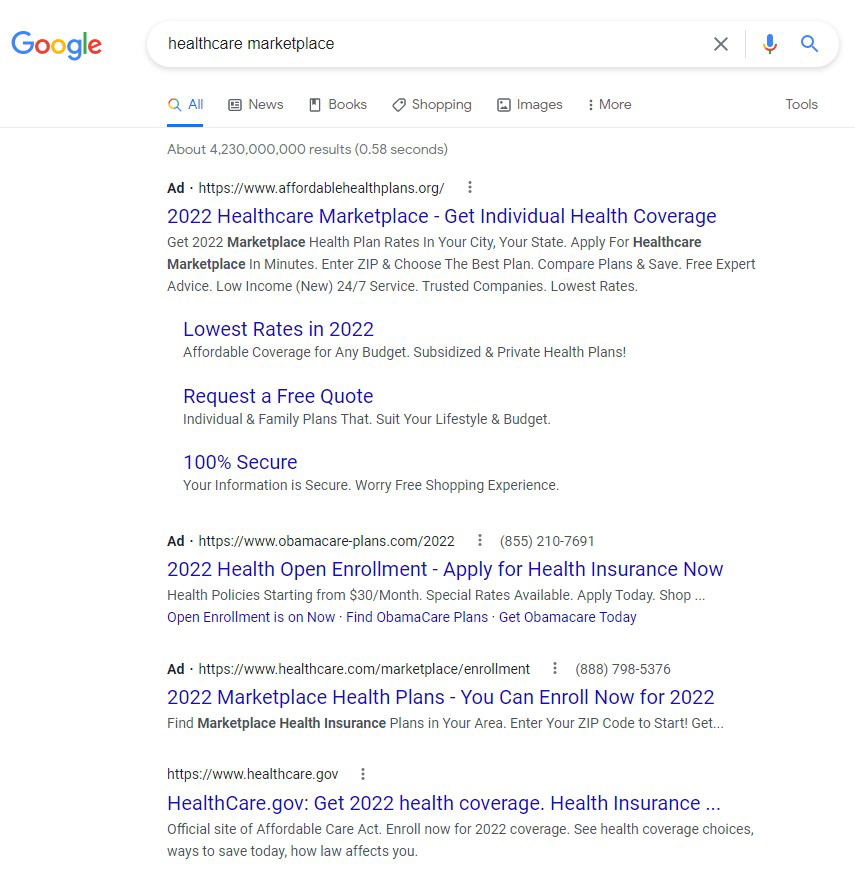Colorado continues innovative approach to reducing health care costs – State of Reform
Colorado became the first state in the country to have a state-designed health care insurance option for its residents approved by CMS last Thursday.
Approval of the Colorado Option through the federal 1332 waiver now means the state can proceed with rate setting for its standardized health insurance plan, which is mandated to be sold at lower prices and should be finalized by summer’s end to take effect in 2023, culminating a decade’s worth of health policy efforts aimed at reducing health care costs.

Get the latest state-specific policy intelligence for the health care sector delivered to your inbox.
Those efforts include the state’s reinsurance program, which was extended for an additional 5 years last year and spreads risk across the health insurance market to help insurers pay expensive claims, and the Hospital Provider Fee that supports hospitals serving Medicaid and uninsured patients.
The Division of Insurance recently finalized its reinsurance payment parameters for 2023 that aims to maximize rate reductions, increase enrollments, and improve morbidity all while encouraging engagement and competition among carriers and providers in the individual marketplace.
In its most recent legislative session, Colorado enacted 3 pieces of consumer protection legislation, House Bills 1284, 1285, and 1370, all designed to lower health care costs.
HB 1284 requires emergency medical services to be billed at the in-network rate regardless of the facility and guards against unexpected and costly charges. HB1285 prohibits hospitals from pursuing debt collection if federal price transparency standards are not followed, requiring providers to publicly post their standard pricing for various services.
Meanwhile, HB 1370 requires carriers to implement a copayment-only structure for prescription medications in at least a quarter of their health plans.
CMS hailed Colorado as a national leader in health care cost reduction efforts.
“Through this new model, Colorado leverages federal savings to expand affordability and coverage in the state like no other state has done before,” said CMS Administrator Chiquita Brooks-LaSure. “The Colorado Option is groundbreaking and a step in the right direction to reduce the uninsured rate, while investing in health insurance coverage affordability and improvements, and advancing health equity. We encourage all states to consider innovative ways to use section 1332 waivers in the future to expand and improve coverage and lower costs for their residents.”
Passed in 2021, the Colorado Option instructed state regulators to write up a “standardized plan”—a consistent package of benefits and cost structures like co-pays—that insurance companies are mandated to sell with premiums 5% below what they were in 2021, after inflation adjustments. That target increases to 15% below by 2025.
Offered only on the individual and small group markets, the plan is designed to save the federal government on its existing insurance premium subsidies by creating what are known as “pass-through” savings that can come back to the state.
The state’s waiver application estimates those savings would amount to $13.3 million in 2023 and $147.9 million by 2027.
The moves come as Coloradans struggle with higher costs of living.
In the current environment of inflation, cost of living has emerged as a “serious” problem according to nearly 90% of those recently polled by the Colorado Health Foundation. In its adjacent poll, two-thirds of Coloradans characterized the cost of health care as a “very serious” problem.
This sentiment was reflected by the Colorado electorate who voted for moderate candidates in Republican primaries, results that reflect broad support for “kitchen table” issues, according to local politics reporter Marianne Goodland.
The percentage of personal consumption expenditures on health care services climbed to 14.9% in 2019 prior to the pandemic.
Source: Colorado Department of Health Care Policy and Finance
The inflationary trends have insurance companies skeptical that reduction targets can be met while being actuarially sound. The Colorado Association of Health Plans stated that the methodology used to calculate inflation, the Consumer Price Index’s medical index, will not reflect the true rise in costs being seen on the ground.
In 2020, providers along Colorado’s Front Range reported a 25% drop in health care visits that had “profound” impacts on the health of Coloradans, according to the Colorado Health Institute.
That delay in care along with the persistent workforce shortage have contributed to rising health maintenance costs, according to the Colorado Hospital Association (CHA), as providers struggle to meet the pent-up demands of a growing population.
“Much of the focus of state policy in recent years has been on health care affordability,” said Katherine Mulready, Chief Strategy Officer and Vice President for Legislative Policy at CHA. “The reality is that when supply outstrips demand, prices rise. So this does not portend well for affordability, which in turn, doesn’t portend well for access. We’re talking about both indirect access of costs, but also direct access.
The provider is not there when you need them to be there. There’s not a lot of optimism I can paint in that picture right now other than we’re doing everything we can to stave off [the] continued crisis.”
Providers nationwide are coordinating efforts to reimagine health care where telemedicine is emerging as a solution to meeting demand and improving access.
Mulready said the association is utilizing new tools and roles as a part of that reimagination, such as advocating a policy that would allow greater use of certified registered nurse anesthetists in advanced practices to manage some anesthesiologist services.
“The policy principle that underlies all of our workforce is allowing the market or allowing employers the flexibility they need to continue to deliver high quality and accessible care,” Mulready said. “As long as we can find a professional who has the experience and training to do the tasks that’s being contemplated, we should be able to use them and we shouldn’t see artificial limitations on their scope through their licensing boards or other places. Some of that’s reimbursement policy, some of that’s licensing policy, some of its facility policy, but there’s a lot of work. [CHA is] invested there to try to advance that reimagination of care delivery.”
Gov. Jared Polis has made clear his administration’s goal of lowering health care costs for consumers. In 2020, for instance, Polis vetoed a bill that would have increased coverage for alternative opioid treatments over concerns the measures would increase private insurance costs.
As costs rise and the midterm elections approach, health policy advocates will look to continue striking that balance between holding the line on health insurance prices and adding benefits for Coloradans in next year’s legislature.
!function(f,b,e,v,n,t,s) if(f.fbq)return;n=f.fbq=function()n.callMethod? n.callMethod.apply(n,arguments):n.queue.push(arguments); if(!f._fbq)f._fbq=n;n.push=n;n.loaded=!0;n.version='2.0'; n.queue=[];t=b.createElement(e);t.async=!0; t.src=v;s=b.getElementsByTagName(e)[0]; s.parentNode.insertBefore(t,s)(window, document,'script', 'https://connect.facebook.net/en_US/fbevents.js'); fbq('init', '611182195881017'); fbq('track', 'PageView');







:quality(70)/cloudfront-us-east-1.images.arcpublishing.com/tronc/WZGIWSRHQNAZ5B7LAEQTNUHSSI.JPG)